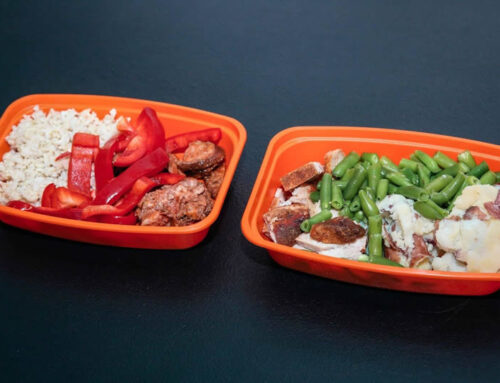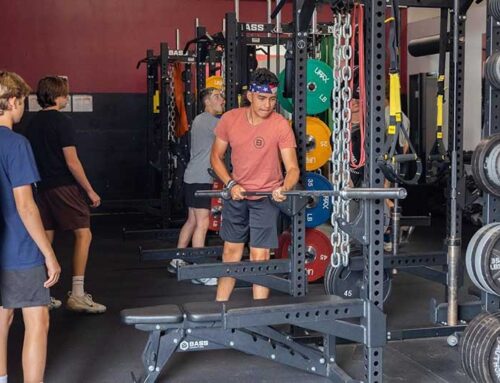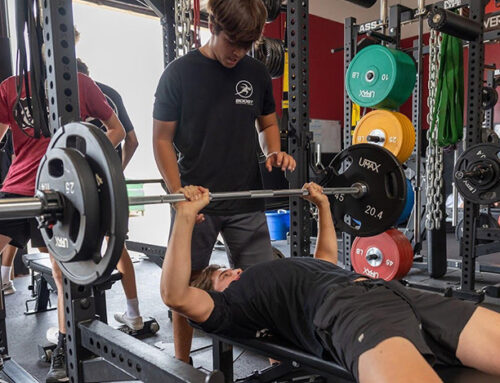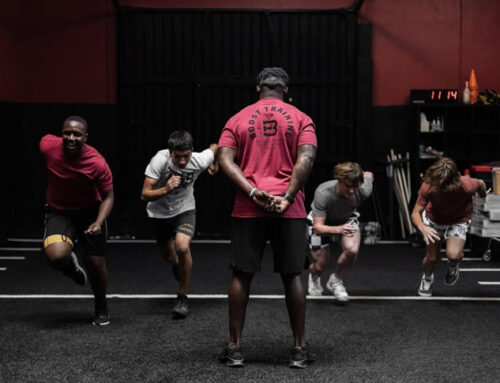As a young athlete who takes their development seriously, the most important concept to understand regarding athletic development is that everything you do should translate into improved performance. Whether you’re a soccer player who needs to improve their endurance, a tennis player who needs to become more agile, or a basketball player who needs to improve their vertical jump, everything you do should elicit specific results. Athletic development isn’t general exercise where the goal is to feel good and look good, although those are also outcomes. Overall performance must be improved, and at my gym the Boost Performance Center, in Corona, CA when it comes to speed we make sure we’re programming specific exercises to improve this quality. Here are 5 single leg exercises for speed development.
Before we get started with this list, understand that running is a single leg motion. If you’ve never noticed this just think about what happens when you run, both feet are never on the ground at the same time. For this reason, single leg strength exercises become very specific to running by developing stability and force production through one leg. Here’s 5 exercises we use to get our athletes faster from beginner, intermediate and advanced.
#1 The Split Squat/Reverse Lunge (Beginner)
This exercise is easy enough that a 6 year old can properly execute this with bodyweight. An athlete simply assumed a split stance with their feet in alignment with their shoulders, at about 4ft apart. Next athletes will drop their back knee down to the floor while keeping their weight over the heel of the front foot. Like every lower body exercise it’s important to keep the front knee in alignment with the foot and not cave inward, putting unwanted stress on the knee.
#2 Single leg ¼ high box squat (Beginner/Intermediate)
Start by either setting up a 12 inch box or adjusting a step box to 12 inch height. An athlete will stand on top of the box with one leg removed from contact with the box. The athlete will attempt to lower themselves into ¼ squat position leaving the non contacted leg as straight as possible. To make the movement easier, and help teach the movement the athlete should raise a pair of 5lbs dumbbells to shoulder height in order to emphasize staying on the heels.
#3 The Step Up Exercise (Intermediate)
Set up a step box so that the knee joint is at a 90-degree angle when the foot is on the box. Grip a dumbbell in each hand with the palms facing inward toward your body. Facing the box, step on the box with one foot and elevate the body by extending the knee and hip of the front leg. The athlete should resist pushing off the ground of the rear leg as she elevates herself. Before beginning the downward movement the athlete should pause and shift their weight to the front of the leg that steps on the box first. The athlete should then step down with her rear leg (the opposite of the leg that stepped on the box first).
#4 Bulgarian Split Squat (Intermediate/Advanced)
For this exercise you begin in a similar position of the split squat except place the back foot on a bench. The foot needs to be placed with the shoelaces down. Next, the athlete will descend until the front thigh is parallel to the floor, and the back knee is nearly touching the ground.
#5 Single Leg Supported Low Squat (Advanced)
At our gym this is the king of single leg exercise, and by far the most difficult. It requires the use of a single leg without any contribution of balance or stability like from the opposite leg. This exercise requires an athlete to stand close to a rack for support. Using an open handed grip grab the rack with both hands. The athlete will then bend one knee and lower their body all the way down until the bent knee touches the ground. It’s important to keep the foot in contact with the ground flat and not come up on the toes. To ascend, the athlete will drive though the foot on the floor until fully extended.
These are just the top 5 exercises we prescribe at our gym, but there are definitely more variations that can help build single leg strength that is vital to athletic performance, more specifically speed. While more structural exercises are just as important in a well designed strength program such as squatting, deadlift, and power cleans, single leg exercises are just as vital and can take any program to the next level.
Ray Bass
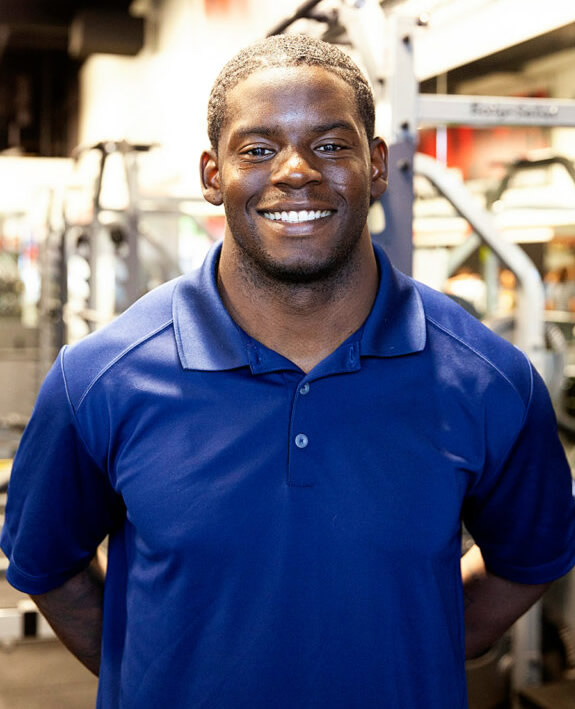
Owner, Boost Training Systems
Level 1 & 2 Coach Bommarito Performance
CSCS, USAW


